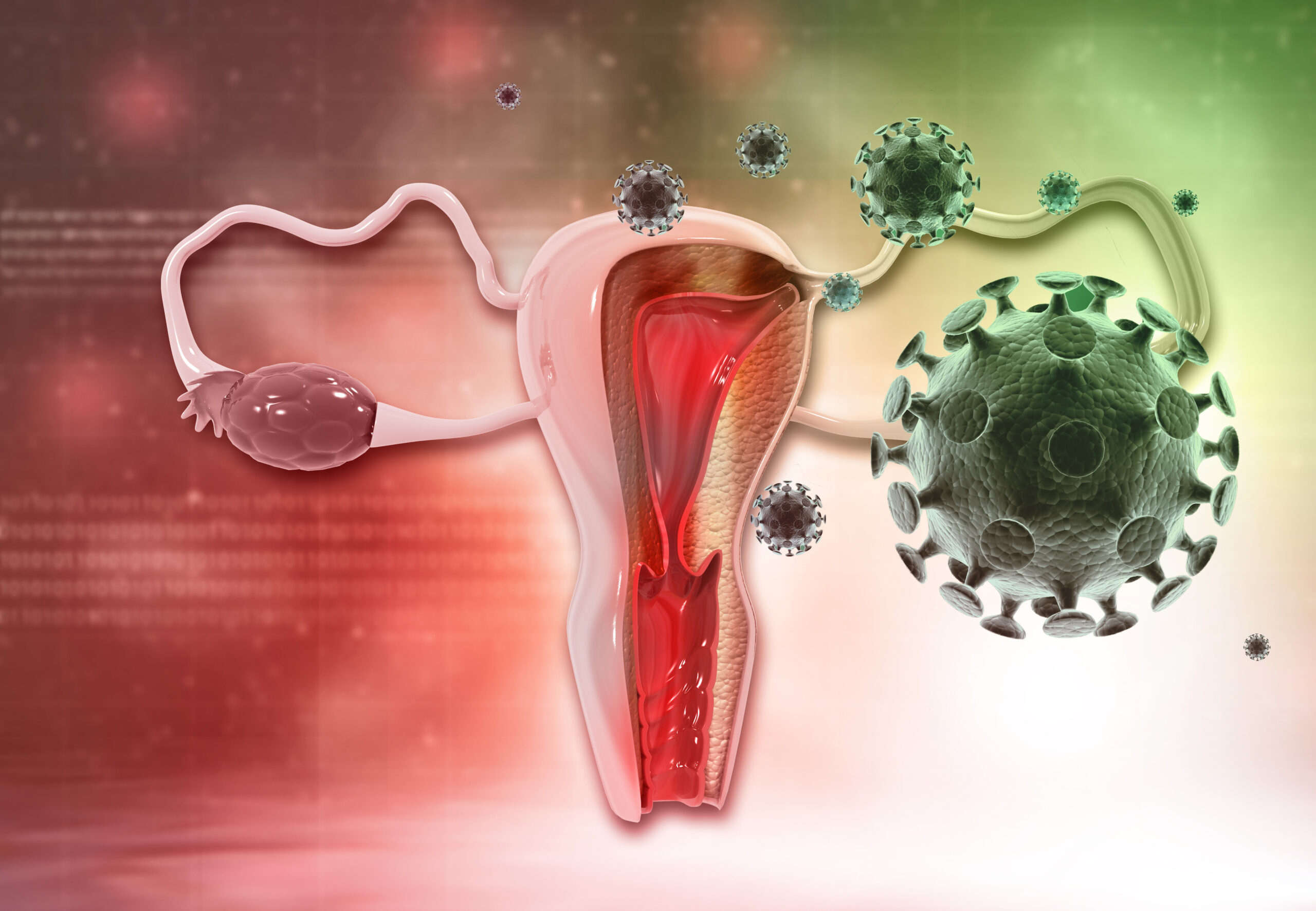Greetings and welcome to the Laboratory Watch Blog! Today marks the commencement of our series focusing on Primary Human Papillomavirus (HPV) Testing in the context of cervical cancer screening. As a cytopathologist, I regard this paradigm shift as especially momentous. In today’s blog, we shall navigate through the epidemiological landscape, the intricate biology and the pivotal role of HPV in the genesis of cervical cancer.
The Epidemiological Landscape of Cervical Cancer
Cervical cancer is the fourth most common cancer affecting women worldwide. A staggering 90% of cases are seen in low- and middle-income countries, with an annual diagnosis of roughly 600,000 new cases and 300,000 deaths. On the other side of the spectrum, the U.S. records about 13,000 new cases and around 4,000 deaths each year. This striking contrast highlights the significance of organized screening programs and preventive strategies like HPV vaccination in mitigating the disease burden.
The Biology Behind Cervical Cancer
Almost all cervical cancers begin in the squamocolumnar junction, which is highly susceptible to carcinogenic activity. The progression from precancerous cells to invasive cancer is usually a gradual process. Many women will see these precancerous lesions resolve spontaneously, but for a minority, these lesions may evolve into invasive cancer. The essence of cervical cancer screening is to detect and treat precancerous lesions before they transform into invasive cancers, significantly improving patient outcomes.
HPV’s Role: More Than Just a Common Virus
HPV’s relationship with cervical cancer was identified in the 1980s, thanks to the work of Hans zur Hausen. What is fascinating is that while HPV infection is an almost universal experience for sexually active individuals, the majority of these infections resolve spontaneously. However, persistent infections connected to high-risk HPV types can lead to cervical cancer. Among the 200+ known HPV genotypes, over 40 target the genital tract and are categorized as either low-risk or high-risk. Low-risk types like HPV 6 and 11 often lead to anogenital warts, whereas high-risk types, especially HPV 16 and 18, are linked to invasive cervical cancers, accounting for 60% and 10% of cases respectively.
The Legacy of the Pap Smear
Dr. Georgios Papanicolaou, a Greek immigrant, revolutionized cervical cancer detection with his research on cellular patterns. Despite initial skepticism, his work, particularly a collaborative study with Dr. Herbert Traut in 1939, laid the foundation for the Pap smear, a test that has significantly reduced cervical cancer mortality. However, the conventional Pap smear has limitations, including modest sensitivity rates of 55-65% that often necessitate annual testing. Other challenges include sampling errors and complicating factors like uneven cellular distribution, which can interfere with accurate diagnosis. The test also lacks the capability for additional screenings, such as HPV testing.
Modernization Through Liquid-Based Cytology and computer-assisted screening
Liquid-Based Cytology (LBC) was designed to tackle the limitations of conventional Pap smears. Instead of smearing cells directly onto a slide, the sample is suspended in liquid, offering better cell preservation and additional advantage of retaining samples for additional testing, like HPV testing. Presently, LBC has become the standard of gynecology cytology in the U.S. and many developed countries.
Computer-assisted screening technologies now offer alternatives to manual screening approach by either autonomously conducting initial screenings or guiding cytologists to areas deemed suspicious by computer algorithms. However, debate continues over their performance, impact and cost-effectiveness compared to manual screening.
The Advent of HPV-Based Testing
Molecular techniques have opened the doors for HPV-based testing, detecting the presence of high-risk HPV serotypes and identifying the exact genotypes involved. This advancement is a game-changer in cervical cancer screening.
Conclusion
That concludes part one of our series. In our next posts, we will delve deeper into HPV-based testing. Stay tuned for the next installment!

